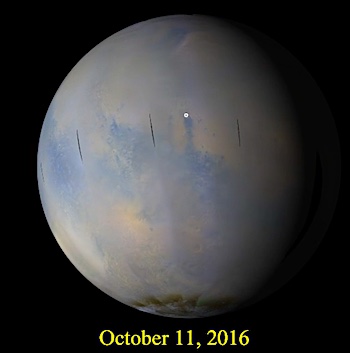 Ten thousand volunteers viewing images of Martian south polar regions have helped identify targets for closer inspection, yielding new insights about seasonal slabs of frozen carbon dioxide and erosional features known as “spiders.”
Ten thousand volunteers viewing images of Martian south polar regions have helped identify targets for closer inspection, yielding new insights about seasonal slabs of frozen carbon dioxide and erosional features known as “spiders.”
From the comfort of home, the volunteers have been exploring the surface of Mars by reviewing images from the Context Camera (CTX) on NASA’s Mars Reconnaissance Orbiter and identifying certain types of seasonal terrains near Mars’ south pole. These efforts by volunteers using the “Planet Four: Terrains” website have aided scientists who plan observations with the same orbiter’s High Resolution Imaging Science Experiment (HiRISE) camera. HiRISE photographs much less ground but in much greater detail than CTX.
Volunteers have helped identify more than 20 regions in mid-resolution images to investigate with higher resolution. “It’s heartwarming to see so many citizens of planet Earth donate their time to help study Mars,” said HiRISE Deputy Principal Investigator Candice Hansen, of the Planetary Science Institute, Tucson, Arizona. “Thanks to the discovery power of so many people, we’re using HiRISE to take images of places we might not have studied without this assistance.” [More at link]











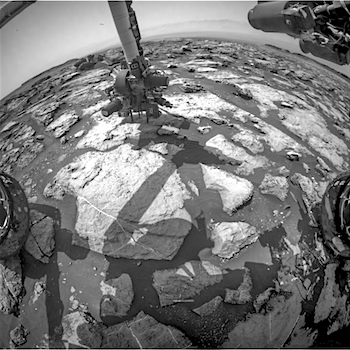

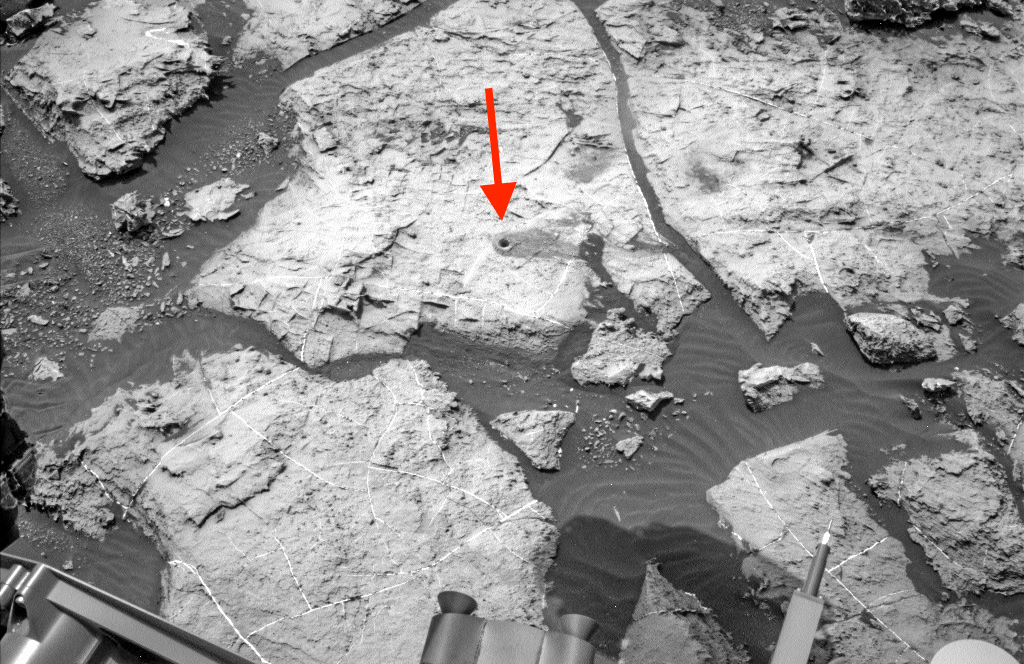
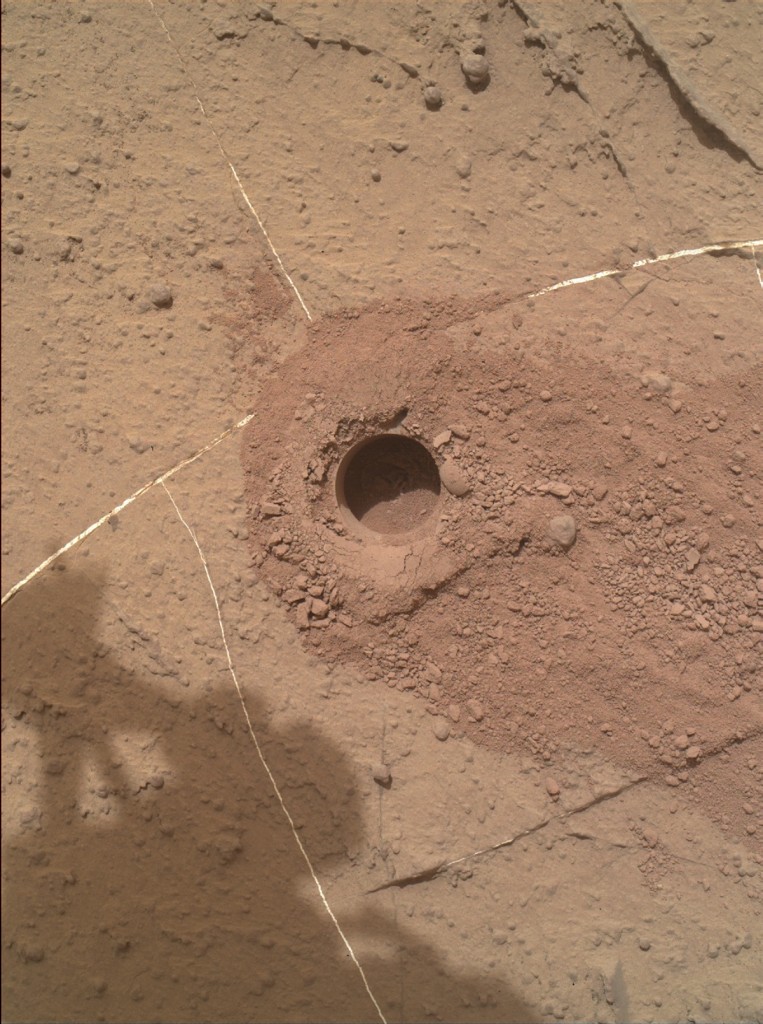

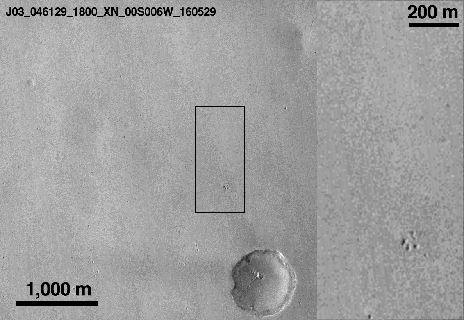 NASA’s Mars Reconnaissance Orbiter
NASA’s Mars Reconnaissance Orbiter
